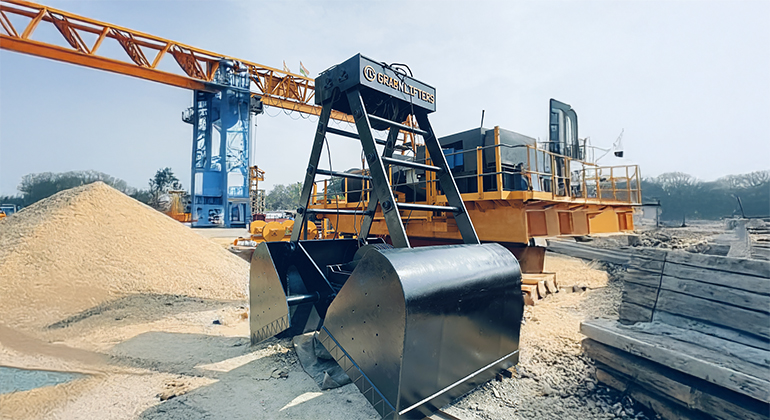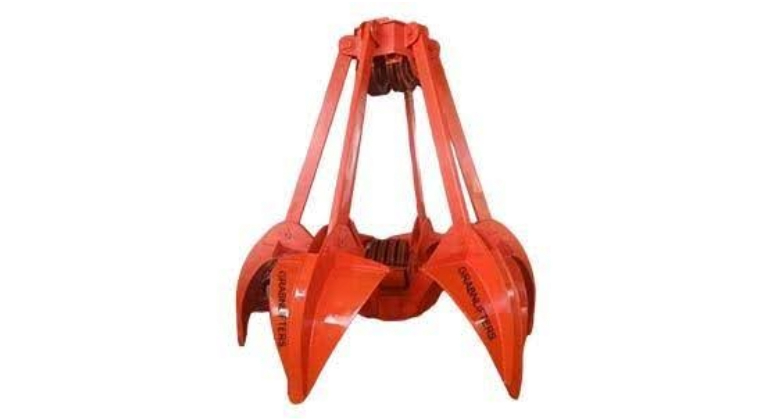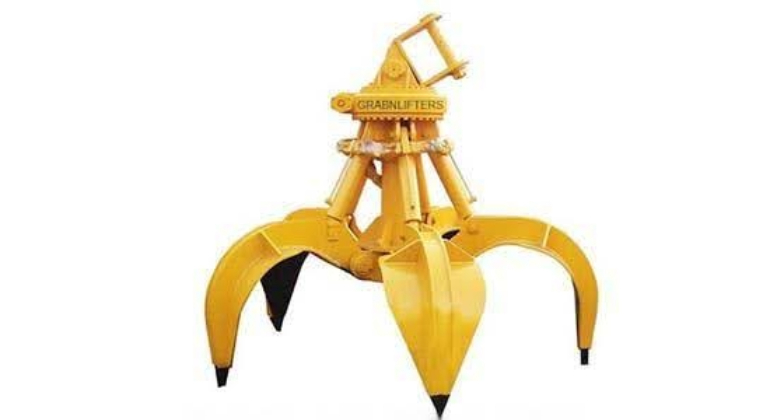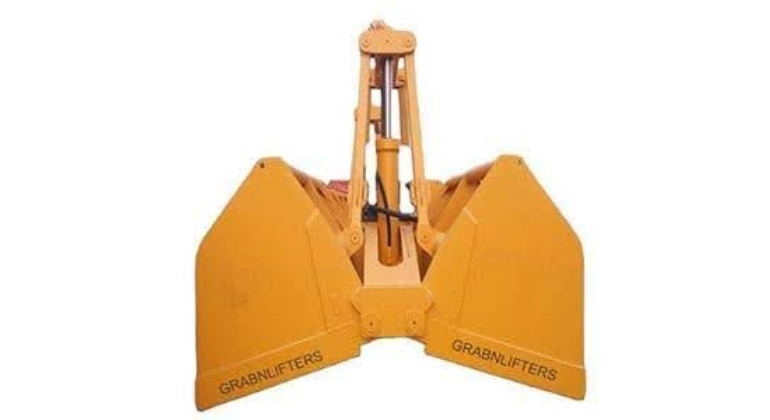Sy.No.819/Part, Kistapur Road, Medchal, Hyderabad.
Understanding Grab Crane Functionality, Cactus Design, And Capacity

22 April, 2024
Understanding Grab Crane Functionality, Cactus Design, And Capacity
Material handling operations heavily depend on grab cranes for their functionality across scrap yards and ports as well as recycling plants and bulk material operations. The design combines efficiency with strength along with precision to allow grab cranes to lift loose materials including sand, coal, metal scrap, gravel or waste through their grab buckets. Cactus-type grabs distinguish themselves as a special design for material pickup thanks to their flexible characteristics.
FUNCTIONALITY OF GRAB CRANES
Grab cranes serve as main equipment that provides automatic bulk material lift and transfer operations without any requirement for human operators. Grab cranes exist either as components of overhead cranes or gantry systems or by being truck-mounted. A grab bucket functions as the main element with both hydraulic and mechanical systems that operate its opening function. The material gets trapped by the closing tines and shells of the grab once the operator lowers the device onto the material.
The grab crane product line consists of single rope and double rope and four rope models alongside hydraulic grabs which function optimally when used for particular applications as well as different load capacities. Companies use these tools to enhance their productivity and minimise both staff costs and workplace dangers specifically when moving challenging or weighty loose materials.
CACTUS GRAB DESIGN
The cactus grab, also known as an orange peel grab, is designed for handling irregular, bulky, or hard-to-grip materials. Unlike clamshell grabs with two jaws, cactus grabs have multiple curved tines resembling the petals of a flower or the arms of a cactus, hence the name.
These tines open and close independently or in unison, depending on the design, allowing the grab to enclose materials more effectively. This feature is especially beneficial in lifting scrap metals, stones, construction debris, and other complex-shaped materials. The cactus grab is known for efficient gripping of uneven loads, durability in rugged working conditions, minimal spillage during lifting and transfer, and high penetration power in dense or entangled materials. Hydraulic cactus grabs offer better control and stronger gripping force compared to mechanical versions, making them ideal for precision handling.
CAPACITY CONSIDERATIONS
The capacity of a grab crane depends on various factors such as the type of grab, the material's density, crane strength, and operational environment. When selecting a grab crane, it’s essential to match the grab’s volume and weight-carrying ability to the material’s density. For example, light materials require larger volume grabs with less structural reinforcement. In the case of dense materials scrap steel, it needs smaller grabs with stronger construction to handle heavy weights safely. Overloading a crane or using the wrong grab type can lead to operational inefficiencies or mechanical failure. Hence, proper capacity planning is crucial to ensure safety and productivity.
Grab cranes are indispensable tools in modern material handling, offering speed, safety, and efficiency. Their ability to handle a wide range of loose materials makes them valuable across various industries. The cactus grab, with its unique multi-tine design, is especially effective in dealing with bulky and irregular loads. When paired with the right crane system and chosen with capacity in mind, grab cranes can significantly optimise operations and reduce downtime in bulk handling applications.



